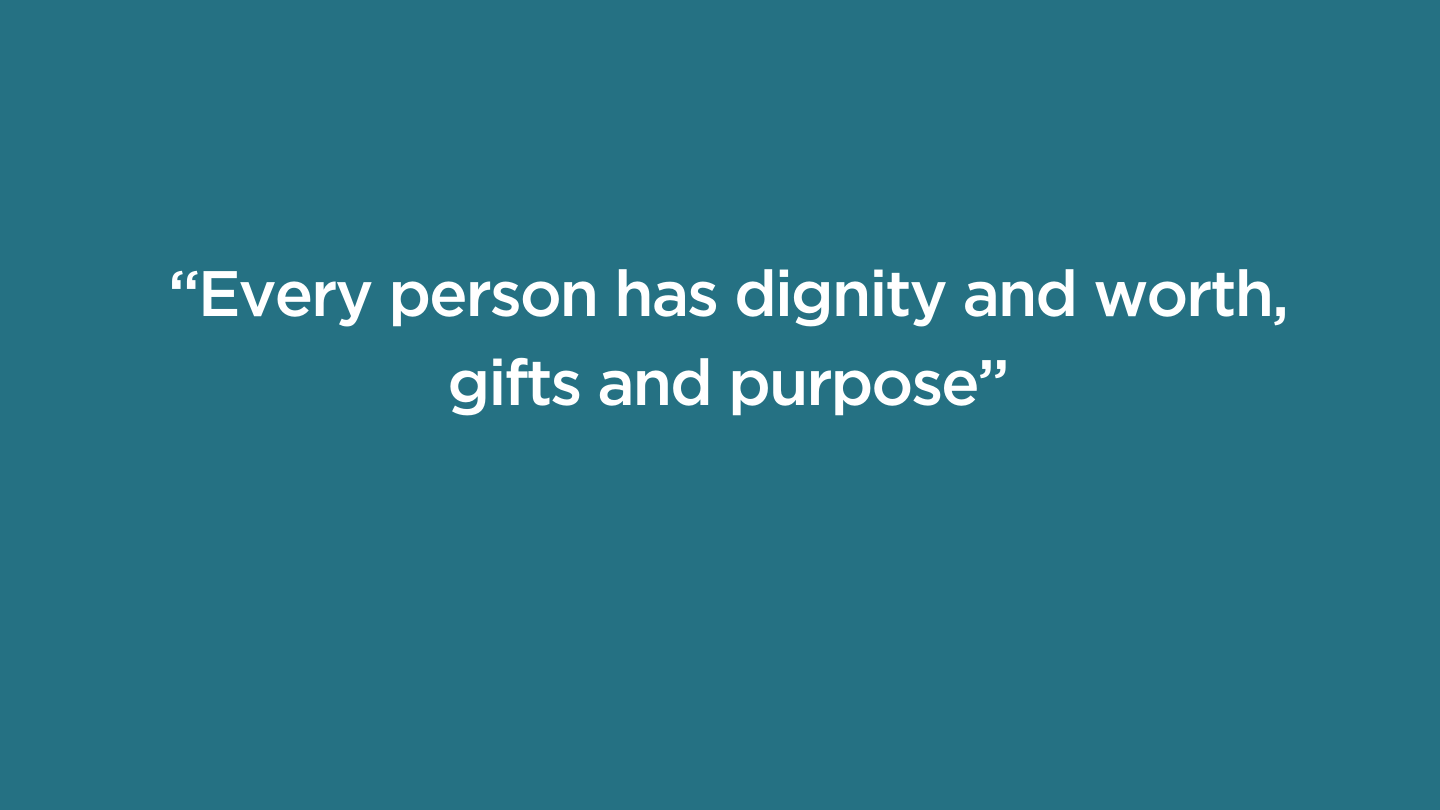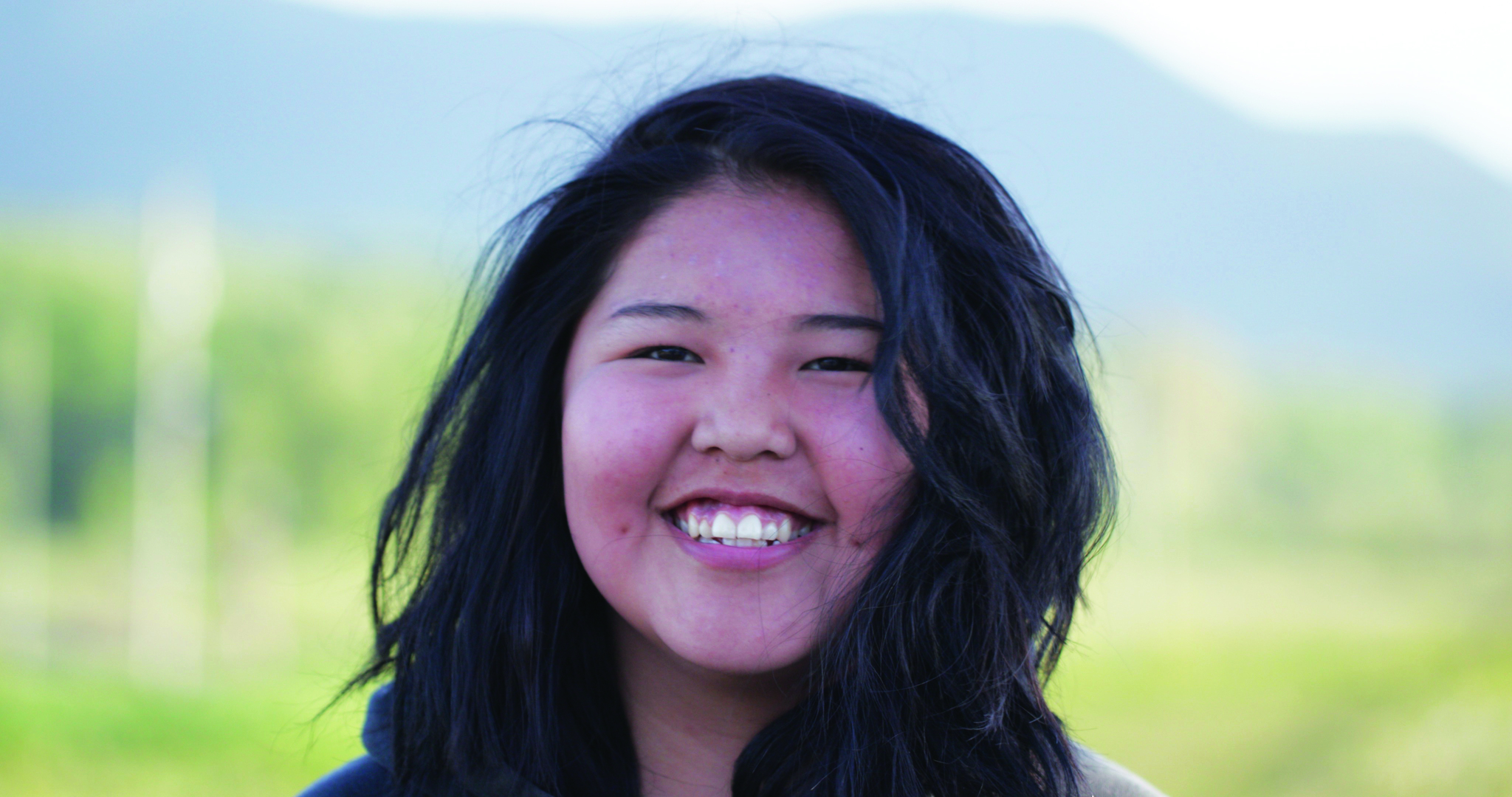Eyes to SeeSample


We’ve considered what poverty really is—that it isn’t merely a lack of money but has to do with broken relationships. Have you ever wondered how people actually living in poverty might define it?
When a group of women in rural Rwanda who live on less than two dollars a day was asked how they defined poverty, their top answers were:
- Poverty is an empty heart.
- Not knowing your abilities or strengths.
- Not being able to make progress.
- Isolation
- No hope or belief in yourself
No one mentioned a lack of money, lack of access to clean water, lack of nutrition, or education. And this definition of poverty is not limited to this small group. Several years ago, researchers from the World Bank asked the same question to more than 60,000 people living in poverty, and the answers were strikingly similar. They described poverty as suffering relationships, a lack of belonging, and a lack of dignity.
The tragedy of poverty is not just that people don’t have access to adequate food, clean water, education, housing, medical help, or opportunities but that people are often degraded and dehumanized, losing a sense of dignity, hope, and identity.
How we understand poverty plays a major role in our attempts to alleviate that poverty: It can be like the difference between a doctor treating symptoms or the root cause of a disease. When it comes to poverty, we can add to the sense of shame and inferiority of the poor by simply throwing money at their needs. By contrast, we can value people living in poverty by offering them hope and dignity and recognizing their significant intelligence, skills, and resources.
A church in Uganda built a well where the community could access safe water. Community members could buy water for a small fee pooled for the water source's maintenance. The fee was only a few cents, but it was too expensive for some of the community members who were subsistence farmers. The church decided that instead of contributing financially, these community members could be responsible for cleaning the well and tap stand. These families took great pride in ensuring it was clean and well-maintained. Though these families didn’t have material resources to give, they still were valuable contributors.


Truly seeing people in poverty means recognizing the deep and complex factors in their psyches that keep them stuck in poverty and the deep and complex gifts and resources each one possesses as people created in the image of God.
Reflect:
- Re-read the list of how the Rwandan women described poverty. What sticks out to you most? How would your response to poverty change if this is how poverty really affects a person?
Pray:
Lord, I believe, but help my unbelief. I believe that each and every person is made in Your image, but like people in economic poverty, I sometimes struggle to believe that I am worthwhile, let alone others. Sometimes it’s hard to see that beautiful image in some people. Give me new eyes to see both the deep hopelessness some people living in poverty face and the beautiful image of God in them. Amen.
Scripture
About this Plan

Jesus had compassion, especially for those facing poverty, injustice, and inequality. What is our response? Do you see the world the way God does? If you want to go deeper and understand the spiritual root of poverty, join us for this 42-day video-assisted bible study from Compassion Canada. Ideal for group study or a challenging personal journey. Abridged and Updated.
More
We would like to thank Compassion Canada for providing this plan. For more information, please visit: http://cmpsn.ca/YV
Related Plans

Dealing With Your Inner Critic

God's Inheritance Plan: What Proverbs 13:22 Actually Means

Love.Life.Impact - the Believer's Mandate

Healing BLESS Communities

The Book of Galatians With Kyle Idleman: A 6-Day RightNow Media Devotional

Why People Lose the Kingdom

A Teen's Guide To: Being Unafraid and Unashamed
![[Be a Gentleman] Authenticity](/_next/image?url=https%3A%2F%2Fimageproxy.youversionapi.com%2Fhttps%3A%2F%2Fs3.amazonaws.com%2Fyvplans%2F58099%2F320x180.jpg&w=640&q=75)
[Be a Gentleman] Authenticity

Love Is Not Provoked
